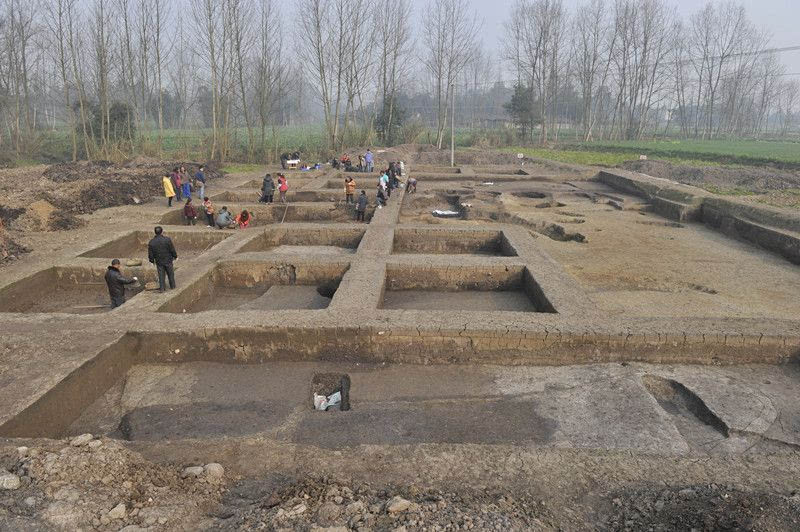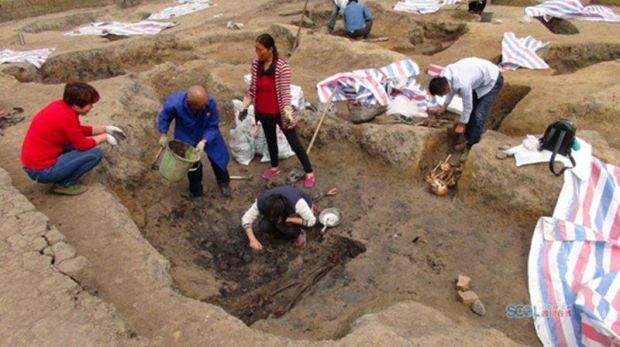DepthReading
New Discovery of the Most Intact Prehistoric Cemetery—Gaoshan City-Site in Chengdu Plain
Summary: This excavation confirmed that the earliest and most intact pre-historical cemetery in Chengdu Plain, which provide important archaeological material for Neolithic demography, ethnology, pathology in Chengdu Plain
There were two period remains in Gaoshan Site’s Neolithic accumulation. The remains of the early- phase was represented by the sixth and seventh cultural layer as well as the ash trench; the remains of the second phase were represented by the fourth and fifth cultural layer as well as those under sections.
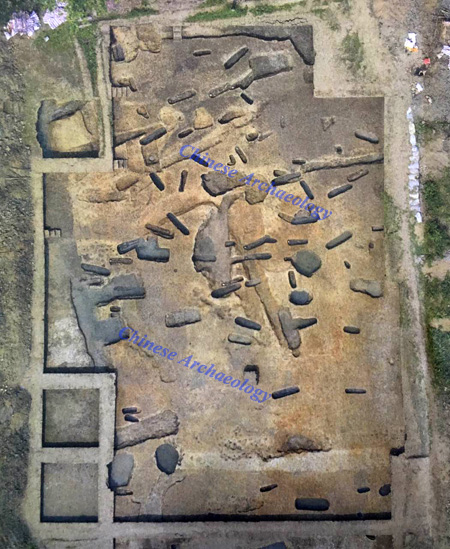
The Aerial Photo Showed the Excavation Aera of Gaoshan Site
The Second Phase of Gaoshan Site Remains
The main body of the second phase remains in Gaoshan Site was the Neolithic accumulation, which were rich in relics and remains. The tombs had a great diversity among the remains in the excavation area, the age of which was the first stage of Baodun culture. The tombs were all earthen shaft pits, presented as rounded stripe, and the owners of the tombs mostly were teenagers. A few were in the shape of rectangle, the owners of which were adults. The human bones were well preserved in the tombs, while funerary furniture was unseen. The buried postures were mainly extended supine position burial, as well as some fixed burial and prone burial. The different skull features reflected the different origins of the residents. There were some special funeral customs,such as the maxillary lateral incisor was pulled out of some adults, among the tombs M51, M66, M67, etc; burial objects were unseen in those tombs, only a pair of ivory bracelets found in tomb M13, manchurian walnuts were buried in M60, M63 and M88, while buried with manchurian walnut was first found in Baodun Culture at present, the implication of which was still need to be studied. Besides, a round human sacrifice pit was found, considering the child’s tomb in the southwest corner of the city as well as the unearthed ivory bracelet, implying that the society had already become complex and had the traces of hierarchy.
The age of the ash pit and ash trench was dating to the first phase of Baodun Culture. The shape of the ash pits was mainly round and neat, the artifacts of which was rich. The ash trenches were in the shape of stripe. The unearthed artifacts of the pits and trenches were rich, including pottery pieces, stone tools, and bone tools, etc. The pottery pieces was the main part, which was well preserved, while the common pottery was cord-patterned urn with decorative border rim, overturned rim pot, large mouth pot, kettle, and dou vessel, etc; the stone tools were mainly semi-finished product and wasted pieces, the finished ware was rare, the types were mainly adze, axe, chisel and sharp stones, etc; as well as a few jade wares were unearthed, adze, chisel were common in shape, and some of the its rim had obvious sign of cutting and piercing; besides, some bone-antler tools, most of which were in cone shape. The plant remains were paddy, millet, and grains (Oryzasativa,Panicum miliaceum and Setaria italica) etc, while paddy was the most unearthed. The animal remains were few, and the common ones were pig, dog, deer, and fish, etc, while pig was the main part. These plant and animal remains provided important archaeological material for recovering the environment and livings at that age.
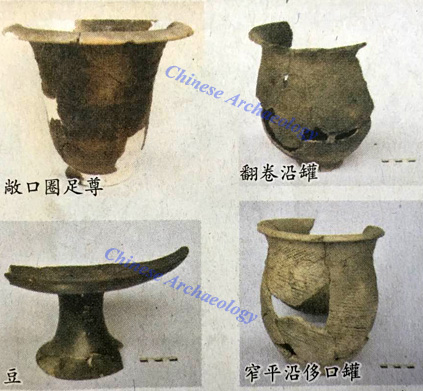
Relics unearthed from the site
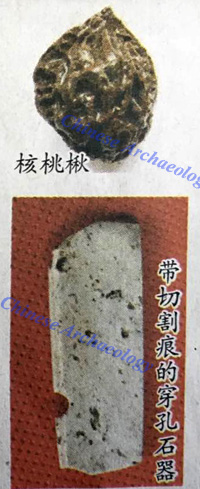
Manchurian walnut and stone tool with cutting marks
The remains of the first phase were mainly ash trenches. The relics and remain were few in this phase, the artifacts were mainly pottery pieces, the pattern style of which was different with the ones in the first phase of Baodun Culture. Due to its fragmental pottery pieces, which hasn’t systemized sort out yet, therefore, its cultural feature and connotation need to be analyzed and studied.
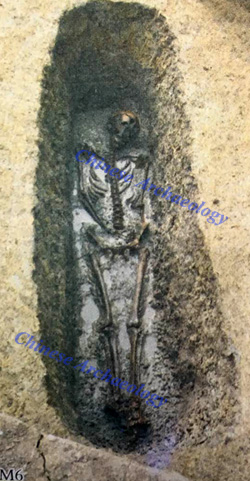
Tomb M6
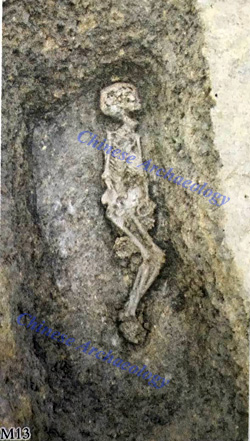
Tomb M13
SignificanceThis excavation confirmed that the earliest and most intact pre-historical cemetery in Chengdu Plain, which provide important archaeological material for Neolithic demography, ethnology, pathology in Chengdu Plain; human sacrifice pit and precious artifacts (such as ivory bracelets and exquisite black pottery), as well as existence of different scale’s tombs and the discovery of large settlement, suggested that hierarchy had appeared, social structure was becoming complex, which contributed to the study of the complex process of Chengdu plain’s pre-historical society. Besides, diverse pottery and new type were unearthed, which enriched the first phase of Baodun Culture’s connotation and extension in historical dimension. At the same time, the discovery of the first phase of Gaoshan Culture will further improve the demension of late Neolithic Age’s culture in Chengdu Plain, providing precious materials for the study of the late Neolithic culture’s development and evolution of Chengdu Plain. (Translator: Lang Langtian)
Category: English
DepthReading
Key words:

